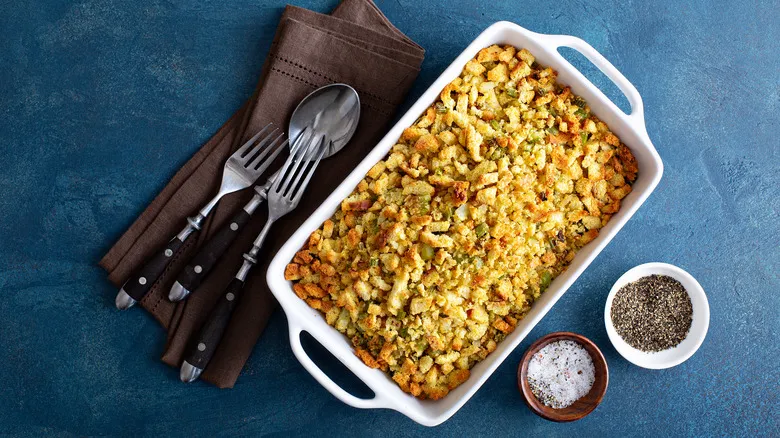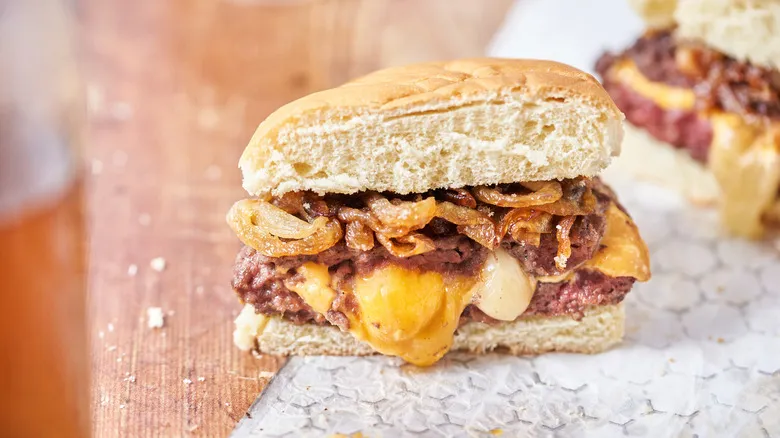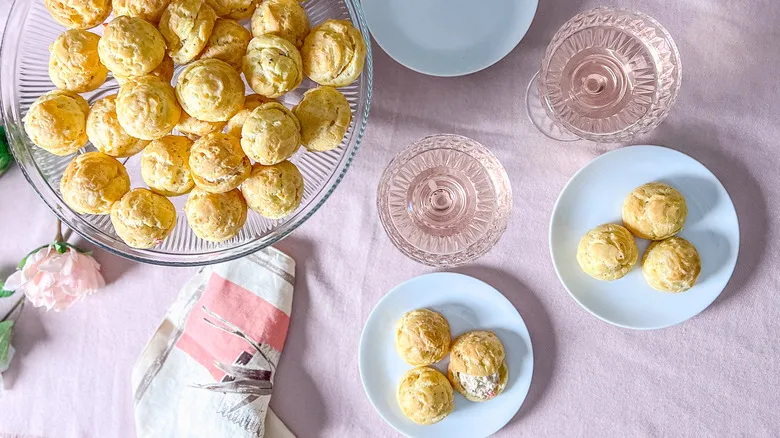How the stuffing and dressing are made
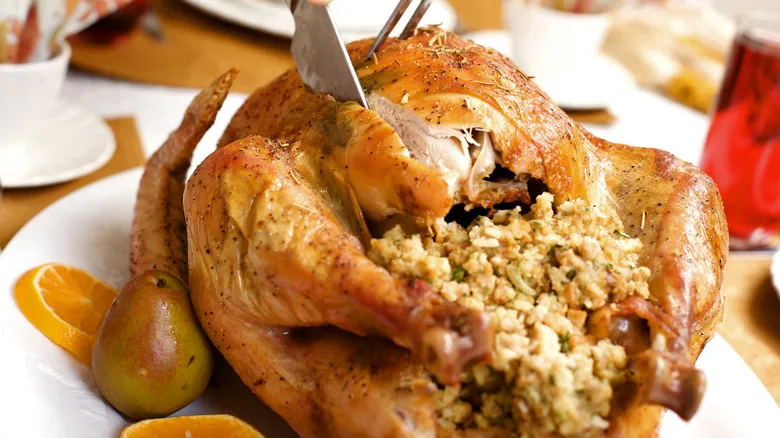
To begin with, it's important to understand that there isn't a single "correct" method for preparing stuffing or dressing. There are countless recipes available, and opinions differ widely. For instance, while many culinary sources indicate that traditional stuffing or dressing is made with bread, the reality is that it can be quite versatile, allowing for the use of other starches such as barley or rice. In Southern cuisine, cornbread is often used instead of standard wheat-based breads.
However, for the purpose of comparison, let's concentrate on recipes that utilize bread as a base for dressing or stuffing. These recipes typically include bread, vegetables like onion and celery, herbs such as sage and rosemary, broth, and eggs. Generally, the bread is dried out beforehand—either by leaving it out to air dry or by placing it in a low-temperature oven. The vegetables should be cooked, and then combined with the bread, herbs, and additional flavorings like garlic. Finally, broth is added (and sometimes eggs for binding) to achieve the desired moisture level. Keep in mind that dressing can become dry, so it may require extra liquid.
From this point, the recipes begin to differ: For stuffing, you'll pack the mixture into the turkey cavity and bake it for the same duration as the turkey, ensuring it reaches an internal temperature of at least 165 degrees Fahrenheit. In contrast, dressing typically only needs about an hour in the oven, allowing you to prepare it while the turkey is already cooking.
Why choose one over the other?
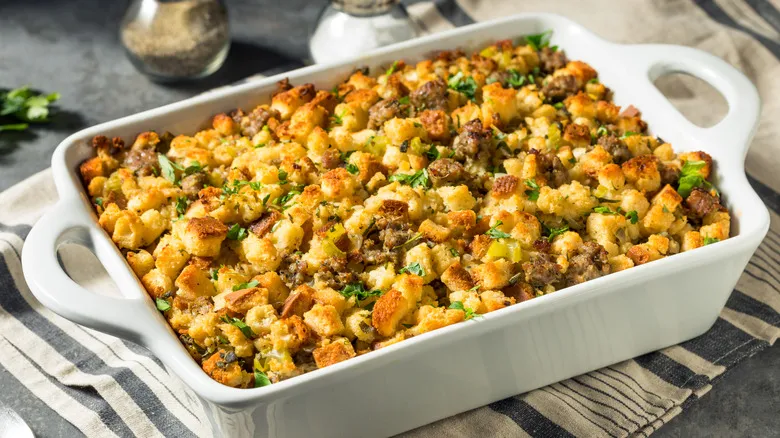
It's easy to find chefs and culinary enthusiasts who argue that stuffing is superior to dressing. The reasoning is that stuffing absorbs the turkey's juices, resulting in a more flavorful dish. While this is a valid point, it doesn't negate the legitimate reasons for preparing dressing.
For instance, if you have vegan or vegetarian guests at your Thanksgiving gathering, dressing is a more suitable choice, as stuffing cooked inside a turkey is not vegetarian-friendly. You might need to make some modifications, since ingredients like eggs, butter, and meat-based broths can be included in dressing, but it can still be a straightforward vegetarian or vegan option.
Some individuals may prefer the texture of dressing, as it bakes in the open air and can develop a crispy, crunchy exterior. In contrast, stuffing tends to remain soft and moist (though care should be taken not to make it overly wet), which some may find too soggy for their liking.
Additionally, there are situations where stuffing simply isn't practical. For example, if you're only roasting a portion of a turkey, there won't be a cavity to hold the stuffing. In such instances, dressing baked outside the turkey becomes your only choice.
Recommended

19 Weird State Food Laws You Didn't Know Existed

What Sets Old World Pepperoni Apart From The Rest
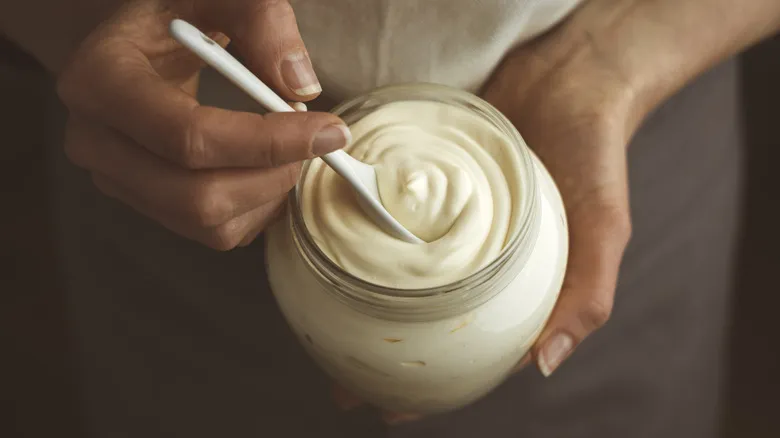
Everything We Know About The Invention Of Mayonnaise

What Is Pilaf And Why Do We Only Seem To Use It For Rice?
Next up

